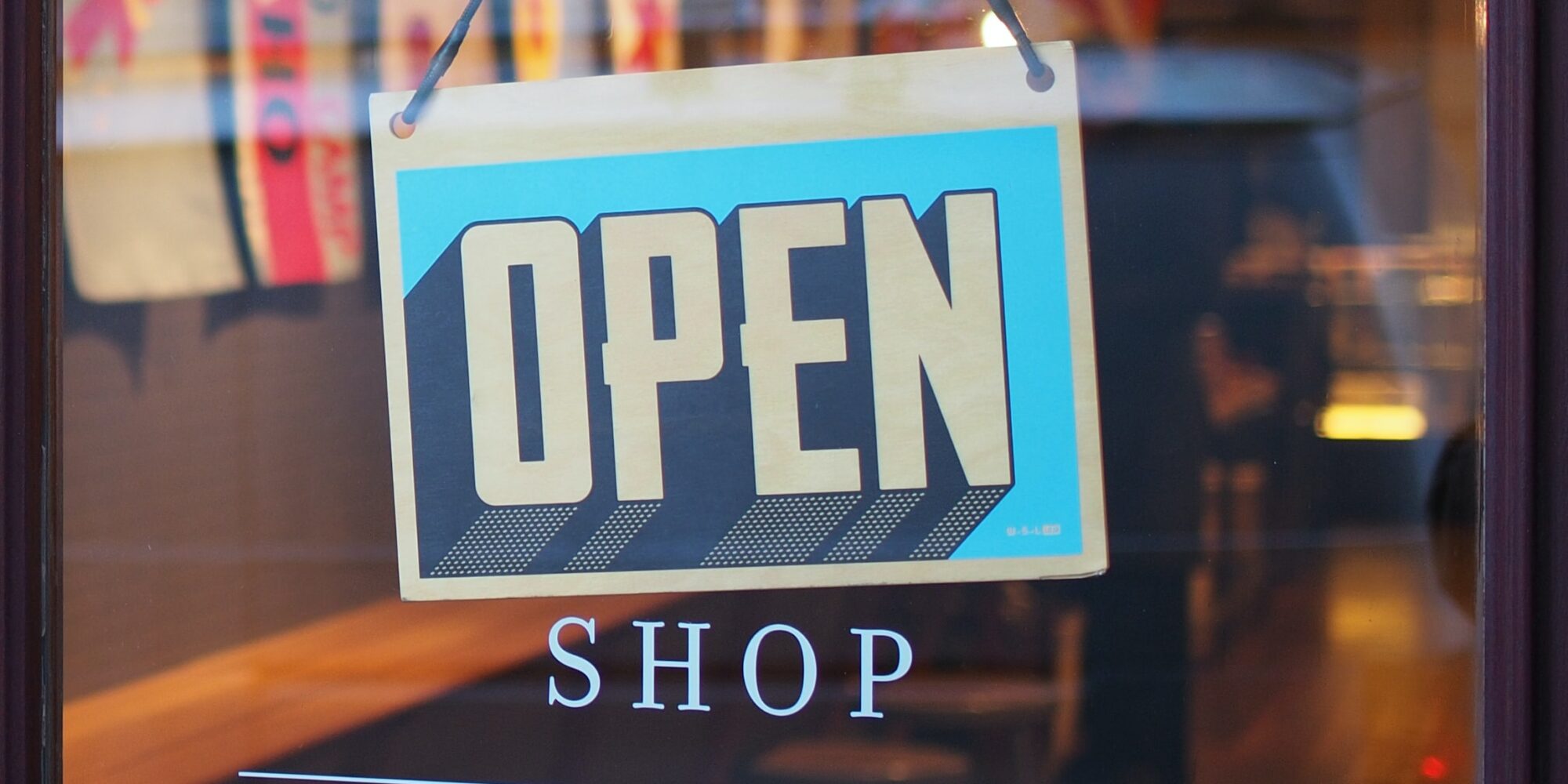
From Being Careful About COGS To Creating Unique Bundles, Beauty Brands Discuss Retail Strategies That Work
In the late 2010s, direct-to-consumer (DTC) brands bypassing middlemen, most notably traditional retailers, achieved success by amassing large customer bases at relatively low cost. Today, things aren’t as they once were.
In an exceedingly saturated market, the costs of doing business online have jumped, and the DTC model is no longer as attractive or profitable as it was only a few years back. Brands now are trying to diversify their distribution and meet customers where they are, including at stores. Retailers can help them succeed, but brick-and-mortar environments can be exceedingly tricky propositions for the ill-prepared.
For last Wednesday’s In Conversation webinar, Beauty Independent gathered Christina Kao, founder of Le Mini Macaron, LaToya Stirrup, co-founder of Kazmaleje, and Sonia Summers, CEO and founder of Beauty Barrage and Shielded Beauty, to discuss why retail is important, best practices for launching at retail, and strategies that propel sales in stores.
Wholesale Advantages
Retail enables brands to scale quicker than DTC channel can. At stores, particularly high-traffic locations, brands are in front of consumers and can become familiar to them. And brands can gain leverage along the supply chain, particularly with manufacturers, as a result of hefty purchase orders from chains. In the DTC channel, orders are regularly sporadic.
Le Mini Macaron is available in China, where purchase orders tend to be supersized. In the United States, the gel manicure brand bowed in 250 Target doors in the fourth quarter of 2021 before doubling its store footprint a few months later. Le Mini Macaron is also available at Ulta Beauty, Aerie, Madewell, Urban Outfitters and on Amazon in the U.S.
“If you’re ordering 50,000 units of something, it’s not the same as ordering the 2,000 MOQ [minimum order quantity] order,” says Kao.
While retail volume allows for scale, it doesn’t always translate to profits. Retailers hold pricing power, generally taking at least 50% of every dollar along with charging for marketing and other programs necessary to move brands in its stores.
Therefore, brands must be careful with their pricing strategy. Retail can easily thrust an unprofitable business further into the red. “You have to make sure that you’re doing at least 10x your COGS [cost of goods sold], if not more, because you are playing in this game with everybody else,” advises Summers.

Distributor Relationships
Le Mini Macaron has 10 to 15 distributors around the globe. As of last year, Europe accounted for nearly 70% of its business, the U.S. accounted for 20% and Asia accounted for 10%. According to Kao, distributors have facilitated the brand planting its flag in far-flung territories and establishing international partnerships with fellow entrepreneurs who’ve invested in the brand. Distributors have exclusivity in a certain territory in exchange for buying inventory outright.
“They find their own retailers, they handle all the social media and their own web business,” says Kao. “They have been great partners for us because Le Mini Macaron is their baby in that market.”
Le Mini Macaron chooses distributors that service relatively small portfolios of brands. To protect against picking the wrong distributors, the brand takes time getting to know potential distributors prior to signing a deal with them. “We try to meet them in person, if we can. We really look at their background. We see what else they distribute. But you don’t really know until you work with them,” she says.
If a distributor is willing to seriously market a brand, Kao suggests that’s usually a positive sign. “If they want to take care of the social media and the imagery, that demonstrates to us that they want use the assets that we give them,” she says. “So, our photo shoots, our content, our videos, they actually want that. If they market for other brands that they distribute, that means they care about the product.”
Retail Buildup
With retail buyers deluged with pitches from brands, it’s incredibly difficult to stand out. “It is a very noisy space now,” says Summers, who counts K18, Beekman 1802, Nudestix and Winky Lux as clients at beauty salesforce company Beauty Barrage. “The first thing that retailers look at is, what does your following look like? Did you build a community? Who wants this brand?”
Summers often recommends brands use DTC distribution as a testing ground before plunging into retail. At DTC, she says brands can answer the questions in advance of heading to retail: “Who’s your customer? What are the products that resonate the most with them? What’s working? What’s not working?”
She continues, “When you go into retail, you have to be careful what you wish for because it’s very expensive. If you thought it was hard to get on the shelf, it’s even harder to stay on the shelf. You really have to make sure that you are continuing to invest in your brand. It’s OK to start small. If you want to go to the big retailers, ask for 30 doors or 50 doors. Get those going really well first before expanding.”
Brands have to budget marketing dollars cleverly to thrive in retail. Expect to spend 20% to 30% of costs on supporting the relationship, per Summers. That amount covers samples, gratis full-size products for store associates and staff education. At retailers, she says, “You’ll need someone to go in there that can represent your brand well enough, understand it, and be able to speak to the ingredients and the brand ethos.”
Marketing Tactics
Once a brand has landed in retail, calibrating when and how frequently to participate in promotions is among the next big challenges. Promotions linked to a retailer’s loyalty program can offer opportunities for sales and exposure, especially in mass-market giants such as CVS, Walmart and Target. Excessive discounting, though, can lead to a loss of brand equity.
“Be careful about participating in the buy-one-get-one sales,” warns Summers. “The customer learns how to shop that way. The more the customer learns that, they’re not going to buy any other time.”
The textured hair tool brand Kazmaleje entered 250 Target doors earlier this year. In 2020, it launched on HSN as part of the shopping network’s The Big Find competition. The brand is carried at Urban Outfitters, too. To jumpstart its partnership with Target, Kazmalej participated in a giveaway with other brands launching at the retailer at the same time.
“That drove cross-traffic between all of our channels. We got a lot of followers. We got a lot of traction, and it worked really, really well,” says Stirrup. Still, she emphasizes Kazmaleje is discerning about the promotions it participates in. “They reach out all the time with opportunities, so we need to be picky,” she says.

TikTok has been a major component of Le Mini Macaron’s marketing strategy. The brand seeded the product with Target-focused creators on the platform, which instigated virality on it that boosted in-store sales. In addition, SMS marketing has generated engagement and sales. Kao says the return on Le Mini Macaron’s SMS program has been “tremendous.”
The brand recently inserted QR codes on its products that direct people to an education web page with a how-to video. “It also bounces to our main site. We can then retarget the customer or they can sign up for our SMS or email marketing there,” says Kao. “One channel might not convert the customer the way it did four years ago, so you need to have multiple marketing platforms up and running. Customers will convert on one of them.”
Direct mail marketing wasn’t fruitful for Le Mini Macaron. After three efforts, it ditched direct mail. “We really didn’t see results from that,” says Kao. “We also tested it with a coupon to redeem $5 off at Target, but, again, we didn’t see anything.”
Sales Cannibalization
Stirrup doesn’t believe retail cannibalizes DTC sales. “I feel it’s more of an ecosystem because you create the opportunity for that kind of cross-pollination. The customer may buy at Target, but, if they scan the QR code on the packaging, they come to our website,” she says. “They can learn about us and our story, and they can see us using the tools in action.”
Kazmaleje supports its various distribution avenues by creating exclusive bundles and unique products. “We don’t have the same mix in every place,” says Stirrup. “For instance, HSN has an exclusive color that you can only buy there. We pitched that to different retailers to show that we want to provide something that drives people to you and that’s exclusive to you.”





Leave a Reply
You must be logged in to post a comment.